
When visiting Japan on vacation or for a long-term stay, visiting a Shinto shrine or Buddhist temple is a must. And knowing the proper etiquette for visitors is important. As an American exchange student living in Japan, I’m here to explain how to visit a shrine in Japan.
How to Visit a Shrine in Japan
A Japanese temple or shrine is the same as any church or synagogue, it’s a significant religious site. Regardless of your own religious beliefs, show respect and follow all the posted rules.
- Keep voices down.
- Don’t eat in a Shrine or Temple.
- Dress conservatively.
Although there’s no specific dress code, dress conservatively when visiting a religious site. Keep shorts and skirts at a reasonable length and wear a light sweater or jacket over a revealing top.
In general, Japanese clothing is more modest so dressings reasonably keeps you from standing out. So show respect for their culture and dress conservativelyfor your entire stay in Japan.
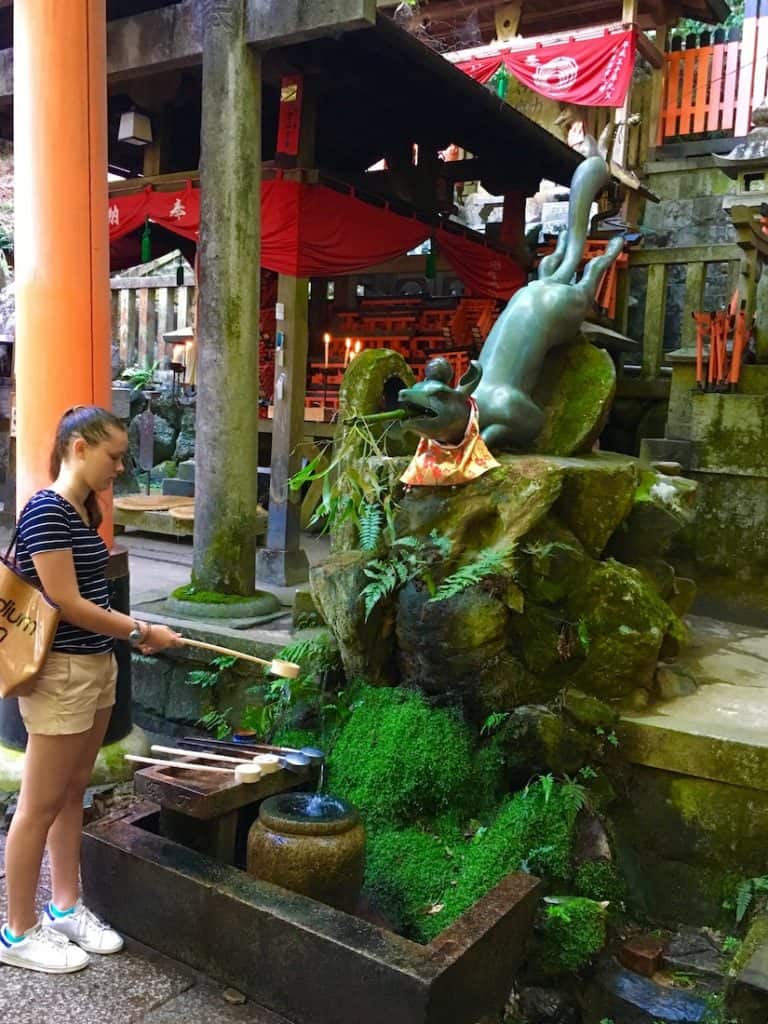
How to Enter a Shrine or Temple in Japan
Learning the etiquette for entering a shrine or temple is important. Here’s the steps, in order.
Step over the threshold of a temple or shrine entrance gate is one of the most important rules when visiting a Japanese religious site. At every entrance gate, find a raised threshold. The thresholds are as small as a half-inch or as tall as 8 or 9 inches and always make an effort to step over it.
Do not walk down the center of a pathway inside a temple or shrine. The center of walkway is reserved for divine beings, not humans. This rule isn’t commonly posted but respect it. And it increases your understanding of Japanese religious culture and you will have a more fulfilling experience.
Find the water basin with ladles near the front of Shinto shrines. Use it for cleansing yourself before entering. Often times, there are no instructions on how to do this respectfully, so here are some simple guidelines to follow.
How to Cleanse Yourself at a Shrine
Find the water basin with clean water and ladles. First, grab a ladle with your right hand and fill the ladle with water. Second pour water on your left hand. Next change hands to pour water on your right hand. Then pour a bit of water into your hand to rinse out your mouth. Lastly, clean the ladle for the next visitor by allowing the remaining water to flow down the ladle’s handle. Finally replace ladle on to the rim of the water basin for the next visitor.
Note: Remember don’t spit into the clean water basin.
What You Find in Japanese Shrines and Temples
Some shrines and temples feature a section with Tatami, or woven grass mats. Since the mats are extremely fragile, you remove your shoes before entering.
As a signal to take your shoes off, find a small wooden platform at the base of some steps. Sometimes, the temples feature shelves to store shoes or plastic bags to carry your shoes while inside.
Or just take off your shoes and place them neatly in front of the wooden platform at the steps. At larger temples, find a sign in several languages to tell you when remove your shoes.
At most shrines and temples find an offering boxfor coins. To offer a prayer, gently put your monetary offering into the box. Any value is fine, but a five Japanese yen coin symbolizes a wish for good relationships.
Once putting in your offering, bow twice then clap twice. After you doing this, silently offer up your prayer. Lastly, bow once more after you finishing your prayer. And remember, don’t stand in the middle of the shrine or temple, it’s reserved for the gods.
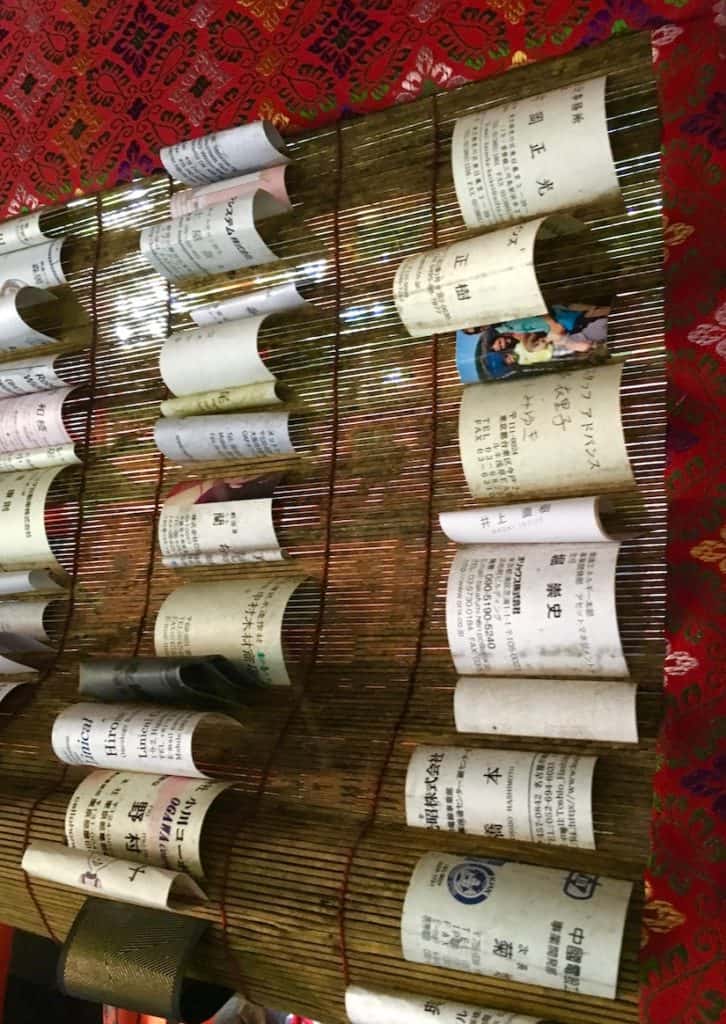
Most temples and shrines offer a gift shop stocked with various amulets, religious objects, and souvenirs. At larger sites you find post cards, key chains and other souvenirs to remember your visit. At these sites, fortunes and amulets also are in English or have English translations.
For most temples and shrines, there’s no age restriction on who can enter.
Remember you’re can take photos outside of the temple or shrine. However, you aren’t allowed to take pictures inside where the offerings or religious figures reside.
The interior of a temple or shrine is a sacred place and taking pictures is very disrespectful. This will be usually be mark by a universal no-photos sign. If not, you can ask someone who works at the site and they will be able to answer any questions you may have.
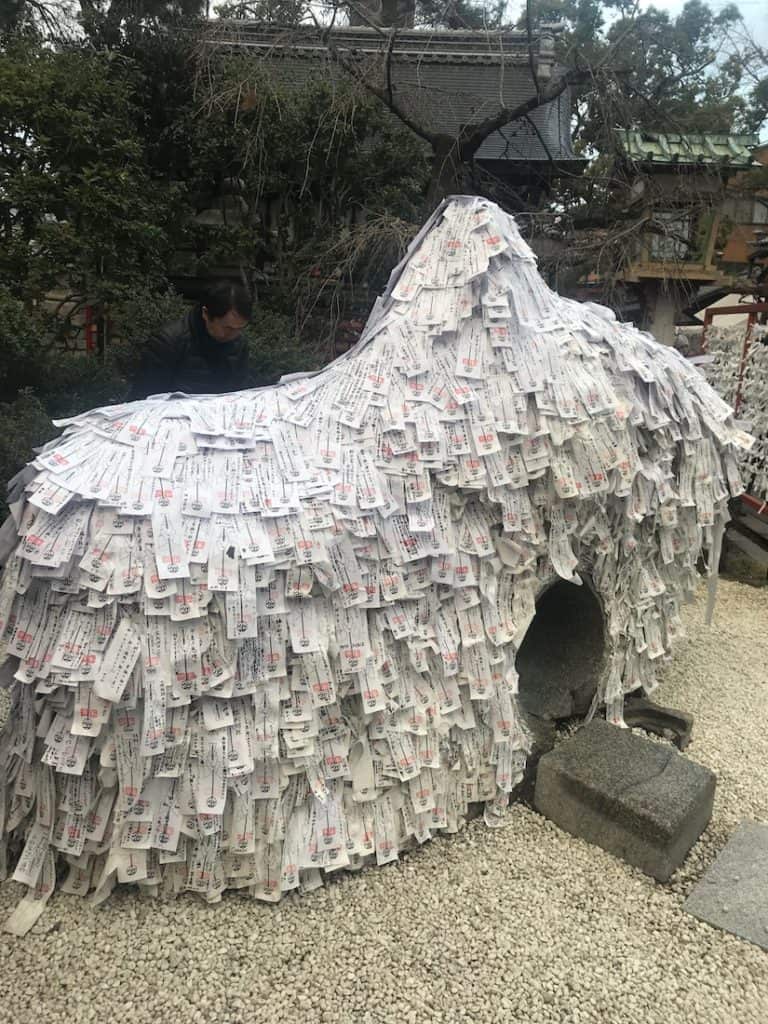
When to go to a Shrine or Temple
Going to a temple or shrine is often apart of national holiday celebrations for Japanese people. During the New Year holidays and summer festivals are also busy times at a temple or shrine. If you want to avoid the crowds, my best tip is to go to the popular sites early on a weekday morning.
Most sites do charge a small fee for entering. This fee is usually around the equivalent to three or four dollars, with larger, more popular sites being more expensive. With this purchase, you will get a ticket unique to that temple or shrine and a small pamphlet giving a little history on the site. Most sites do have an English pamphlet, so don’t be afraid to ask.
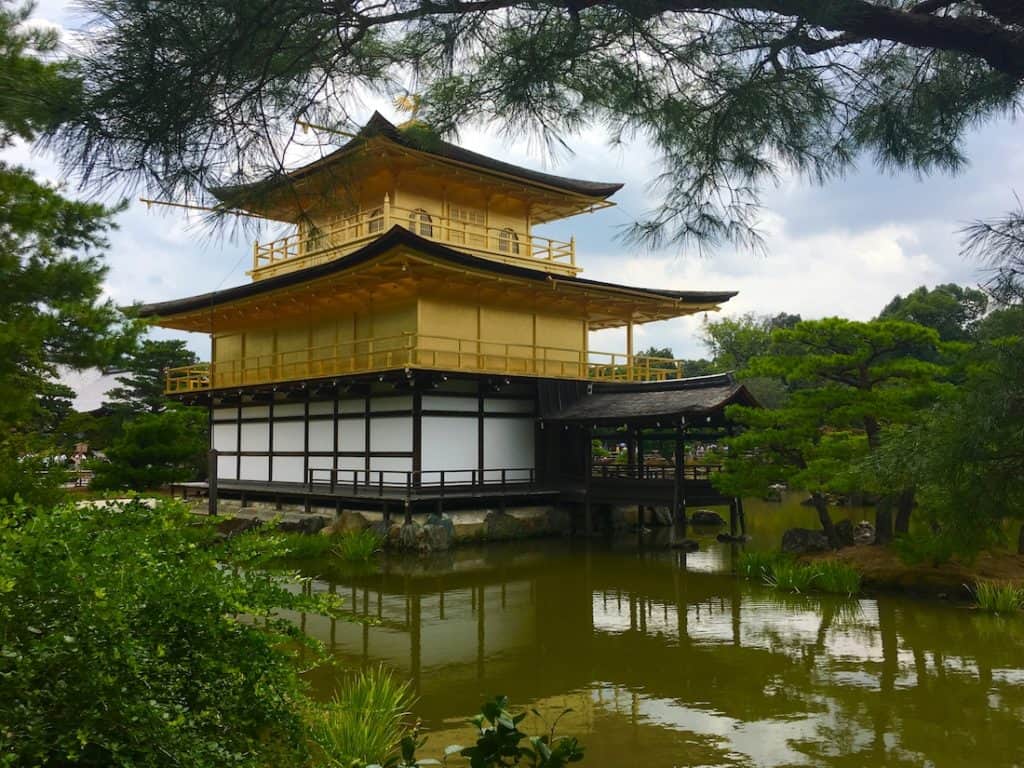
What’s the Difference between a Shrine and Temple in Japan
Most first-time visitors to Japan don’t know the difference between a shrine and a temple. The answer is quite simple, a temple is Buddhist and a shrine is Shinto.
Some differences of Shinto shrine, find a red Tori gate at the entrance of a shrine. And the name of the shrine itself is always followed by the suffix “-jingu”.
A Buddhist temple houses the image of Buddha and usually has a large incense burner in front. Buddhist Temple names are always followed by the suffix “-ji”.
With cities like Kyoto or Nara seeming to have a temple or shrine around every corner. A visitor to Japan may think that Japanese people identify strongly with religion.However, this assumption is quite far from the truth.
The average Japanese person doesn’t strongly identify with any one religion. Christianity isn’t very common, but Buddhism and Shintoism have been practiced in Japan for hundreds of years. Many Japanese people identify with both and there are no restrictions of doing so.
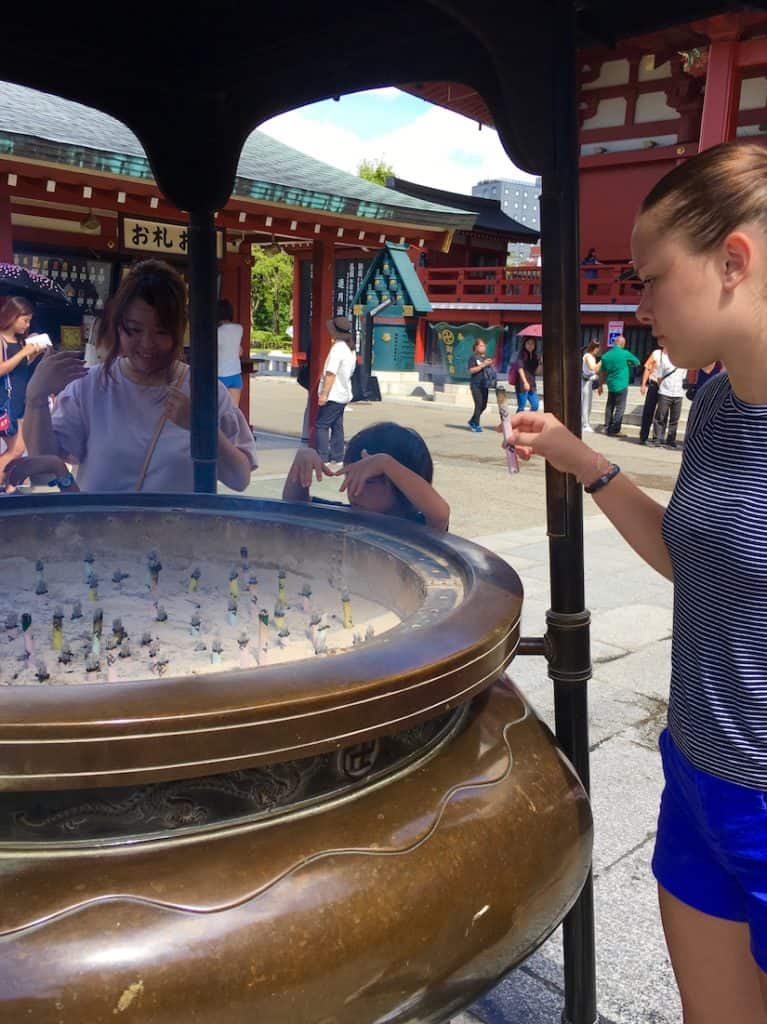
At many Buddhist temples, visitors can burn incense in large incense burners. Visitors burn incense for a variety of reasons, but most people use it to cleanse or heal themselves.
To burn incense, first buy a bundle of incense. Each bundle is sold for a few hundred Yen. Then, light the top of the bundle and place it into the incense burner. Wait for it to start smoking, then gently put it out by waving your hand rather than blowing directly on to it. If you don’t wish to buy incense, you can still cleanse yourself by using your hand to waft the smoke towards your body and the top of your head.
My Year Abroad
I’m spending my sophomore year of high school at an all-girls high school in the Suginami ward in Tokyo. As a way to document my experiences, I’m writing articles to help others traveling to Japan.
Additionally I’m working to earn my Gold Award with USA Girl Scouts Overseas during my exchange year through my articles. Read about my experiences in the following articles.
Packing List for Japanese Exchange Students
8 Things You Need to know Before Moving to Japan
How to Use Japan Public Transportation
16 Japanese Holidays to Celebrate
30 Japanese Snacks You Must Try
Why Taking a Tokyo Food Tour is Helpful
Tokyo’s Robot Restaurant Review
Disclosure
This post contains affiliate links.


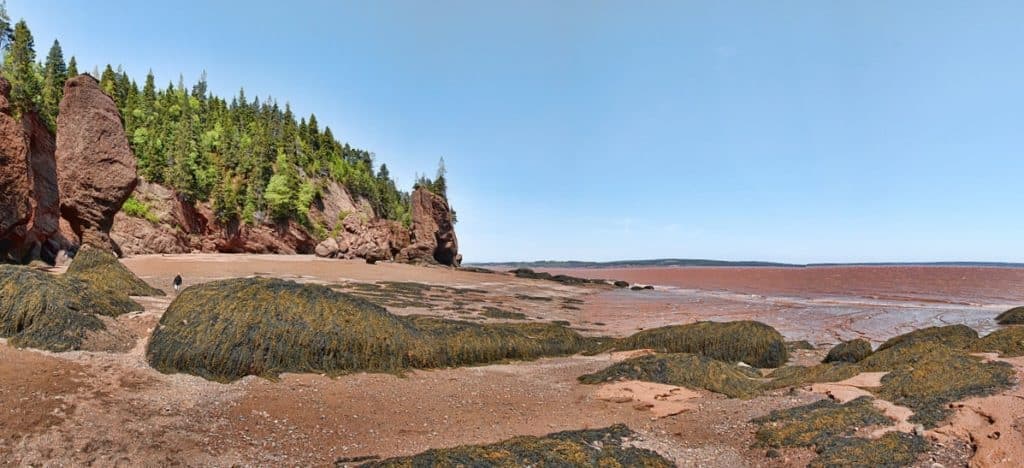


Comments are closed.